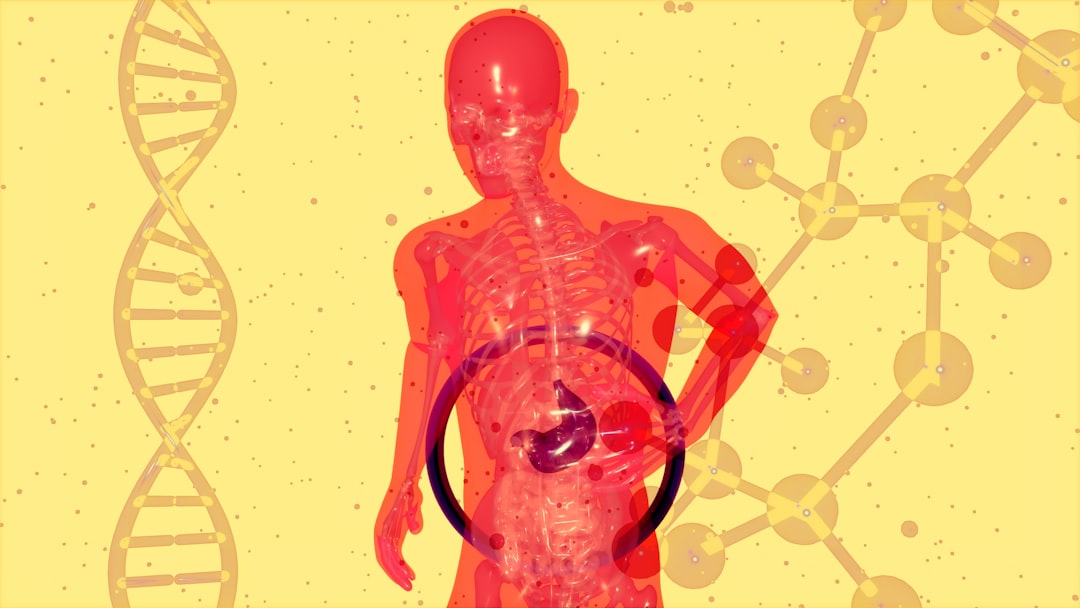What is it about?
Immunotherapy has revolutionized treatment of cancer, but glioblastoma, the most common and deadly form of brain cancer, has remained refractory to treatment and is referred to as a cold tumor. In preclinical models, turning on the STING pathway in glioblastoma attracted immune cells, produced a robust anti-tumor effect, and laid the foundation for efficient immunotherapies.
Featured Image

Photo by Bret Kavanaugh on Unsplash
Why is it important?
Our promising findings point to a new approach of using drug-loaded brain implants to change the tumor microenvironment and take down the shield that the tumor is using to protect itself. We show that the activation of the STING pathway completely remodels the immune environment of the tumor and attracts cells, and notably NK cells, that will destroy the tumor and produce long-term immunity against relapse. We were further excited to see that human glioblastoma explants respond to STING agonists by secreting a wide array of cytokines, demonstrating the pathway is active in human tumors and can be used as a new approach to enable immunotherapy to work in this deadly brain cancer.
Perspectives
We laid here the foundations for the use of innate immunity as an adjuvant to make cold brain tumors susceptible to immune activation, combining small molecules that sparks on the immune system to current therapies such as immune checkpoint blockade by using biodegradable brain implants. We therefore hope to develop more understanding on STING-loaded brain implants that reshape the tumor environment, trigger immune infiltration, and serve as a support for combination therapies (ICB, cytotoxic chemotherapy).
Gilles Berger
Universite Libre de Bruxelles
Read the Original
This page is a summary of: STING activation promotes robust immune response and NK cell–mediated tumor regression in glioblastoma models, Proceedings of the National Academy of Sciences, July 2022, Proceedings of the National Academy of Sciences,
DOI: 10.1073/pnas.2111003119.
You can read the full text:
Resources
Contributors
The following have contributed to this page










